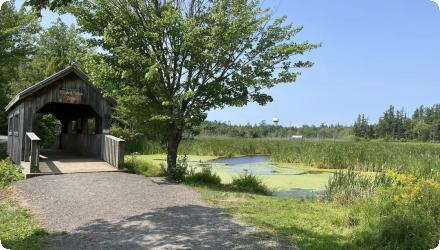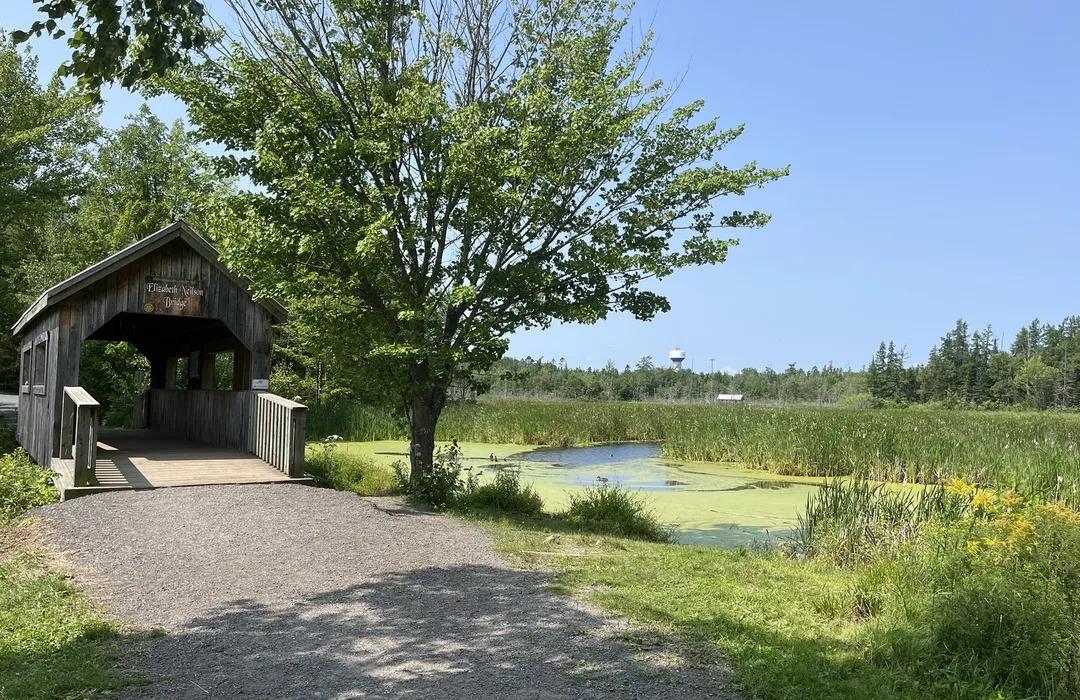Habitat restoration/creation, specifically re-establishing clay-dominated stream habitat (classified as critically endangered in Southern Finland) and acting as a “gateway” for lake fauna into the Kilsoi stream corridor.
Recreation & environmental education via an accessible urban park with nature trails and information boards.
Catchment-scale concept: create an interconnected chain of wetlands along ~1.5 km of the degraded stream corridor to manage flashy urban/agricultural runoff before it reaches the lake.
Designed as a research/monitoring site (“field laboratory”) for water quality and flows, greenhouse gases, vegetation, biota and ecosystem services from the outset.
| Authority type | Authority name | Role | Comments |
|---|---|---|---|
Restoration of 250 m of the Kilsoi stream - €25,000
Development, Transport and the Environment (UUDELY)
2) problems such as erosion, flooding, draught, habitat degradation and low water quality were common in the area, preventing local people from accessing and enjoying from their surrounding natural environment
| Activity stage | Name | Key issues | Comments |
|---|
| Target purpose |
|---|
|
Pollutants Removal
|
|
Improved Biodiversity
|
|
Oher Societal Benefits
|
|
Runoff control
|
|
Peak-flow reduction
|
| Pressure directive | Relevant pressure |
|---|
| Impact directive | Relevant impact |
|---|
| Requirement directive | Specification |
|---|
| Arrangement type | Responsibility | Role | Name | Comments |
|---|---|---|---|---|
|
Contractual agreement
|
Supporting
|
Implementation
|
Th partnership agreement on implementation of the LIFE+ project
|
for LIFE+ project Urban Oasis
|
| Wider plan type | Wider plan focus | Name | Comments |
|---|---|---|---|
|
Local
|
Urban
|
Vihti municipality plan
|
Local municipal plan reflects the change in zoning of land use.
|
Measurements of GHG concentration in water during winter 2012-2013 indicate that the site has been a source of CO2 and CH4 into the atmosphere. However, ice cover has prevented 4
GHG emissions. The GHG concentrations in the water were sensitive to changes in flow rates. Polluted spills within the urbanized areas impacted water quality as well as GHGs released from the water at the wetland.
Design and dimensioning matter. With a very small wetland-to-catchment ratio (~0.1%), expectations for pollutant removal had to be realistic; chaining wetlands along the corridor and allowing vegetation to mature improved function. Vegetation cover strongly conditions phosphorus retention and stability.
Source control remains necessary. Road-salt pulses and warmer urban runoff challenged treatment; the project team explicitly notes that wetlands complement - rather than replace - reductions at source (imperviousness management, harmful-substance control).
Climate lens: early-stage created wetlands on mineral soils can be net GHG sources, especially from open-water surfaces. Gateway’s eddy-covariance study found a net warming effect over the monitored year, suggesting designs should favor larger emergent-vegetation patches if climate impact is a priority.
Socio-economic co-benefits are tangible and cost-effective. The park provided recreation, education and local identity at lower capital and maintenance costs than grey drainage or conventional parks, strengthening public support for nature-based solutions.
| Success factor type | Success factor role | Comments | Order |
|---|---|---|---|
|
Attitude of relevant stakeholders
|
main factor
|
Participatory approaches and engagement of stakeholders in the design and implementation of the process were found beneficial to long-term success. Collaboration between environmental, planning and technical authorities has been crucial. In addition, the local association for water protection (VESY ry) has been an active partner in the project supporting several voluntary actions. The Uusimaa Centre for Economic Development, Transport and the Environment (UUDELY) has participated in project management and monitoring from the beginning, providing guidance and support at the regional level. Appropriate technical expertise (e.g. sustainable landscape design and monitoring) has been secured by involving experts from the University of Helsinki, Luode Consulting Oy, UUDELY, and Water Protection Association of the River Vantaa and Helsinki Region. Finally, the Finnish Association for Nature Conservation (SLL) has supported communication and environmental education activities. |
1
|
|
Financing possibilities
|
main factor
|
Initially, the project was funded by municipality and regional development center. LIFE+ project was developed and is implemented 2012-2016 as follow up and expension with similar activities in the area |
2
|
|
Conducted assessments (incl. economic)
|
main factor
|
Availability of the information on key ipacts and results from the activities |
3
|
|
Other
|
main factor
|
The project combines environmental (water pollution, habitat degradation, etc.) and social aspects (recreation) |
4
|
| Driver type | Driver role | Comments | Order |
|---|---|---|---|
|
Organisation committed to it
|
To improve the situation, the existing unsustainable means of disposal of runoff water was examined at the watershed level, seeking solutions through a holistic assessment of watershed processes and dynamics. As a result, new wetlands were created along the heavily degraded stream corridor to compensate for land-use changes within the watershed and
to restore lost stream corridor habitats. In addition, a large wetland park named the Nummela Gateway Wetland Park was established at the mouth of the Kilsoi stream. The construction of wetlands was led by the project team and supported by a range of local and regional stakeholders. |
1
|

